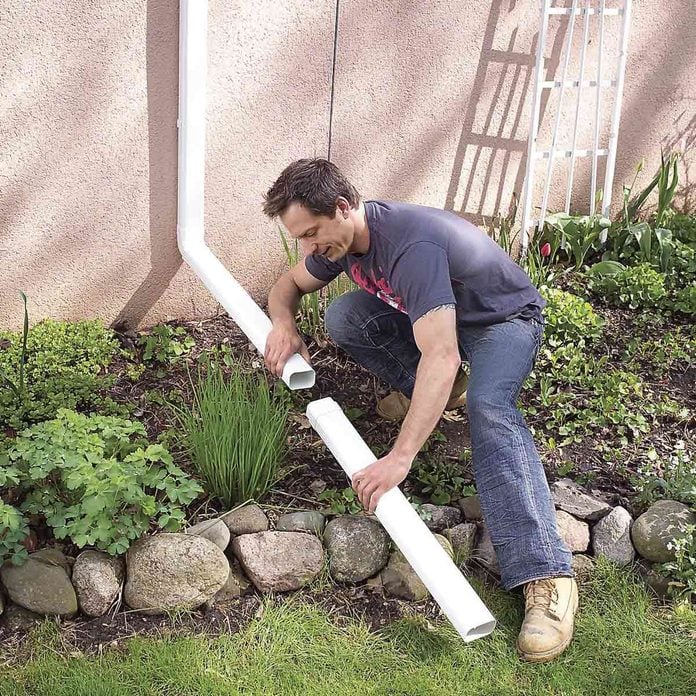Main highlights:
- Drainage issues
- Ways to tackle them
If you’ve ever tried to grow anything in your yard, you’ve probably heard that your plants need to be in a well-drained area. This is due to the soil’s microscopic pore holes, which store the oxygen roots required to stay healthy.
If your soil isn’t well-drained, those pore spaces can fill up with water, causing sickness, fungus growth, and rot. However, there is some good news! Some plants flourish in soil that is continually moist, even wet. These water-loving plants are rarely affected by disease or decay.
There are also a few landscape techniques you may apply to enhance poorly drained soil so you can grow more trees, shrubs, and perennials.


During wet weather, if your topsoil becomes saturated for more than a few hours, you should investigate as follows. Dig holes about 50 cm deep in many places of your garden, as this is usually the depth at which difficulties arise as the topsoil transitions to the subsoil.
Clay content in the subsurface is frequently much higher than in the topsoil, resulting in poor drainage at the interface. Fill the holes you’ve dug with water and time how long it takes for the water to disappear into the subsoil. Here Are some top smart ways that can help you with the drainage problem in your garden :
1. Mix Compost
/compost-pile-rake-86cd59eb-8dac48cb789444edb109016d843b7743.jpg)
/compost-pile-rake-86cd59eb-8dac48cb789444edb109016d843b7743.jpg)
You can lighten the soil by working in a lot of organic matter if your poor drainage region is small and not too severe. Pore spaces for oxygen are abundant in compost.
To assist add crucial air pockets, mix it with slow-draining soil. This is a multi-year undertaking. To enhance drainage over time, add 3-4 inches of compost per year.
2. A Grave Channel


Follow the water-rerouting instructions, but dig the channel a little deeper and fill it with crushed gravel or pebbles. By scooping a little soil over it, you can hide it from view for part or all of its length.
It’ll continue to do its job of slowly but steadily draining the water. A dry river bed is a more beautiful garden design choice for larger homes.
3. Drain Tile


Excavation of the soil and installation of underground drainage tile is a more labour-intensive approach for improving property with poor drainage.
When it comes to drain tile installation, attention to detail is crucial. Examine the slope, tile depth, and the location of the water outflow with care.
Near the drain tile outlet, a rain garden or bog garden may be required. It’s usually better to hire a landscaper for this job, but if you insist on doing it yourself, here are the equipment, materials, and instructions you’ll need.
4. A Rain Garden Or A Bog Garden
The plants you choose are determined by your location, hardiness zones, and amount of sunlight. I would use asters, beebalm, coneflower, tickseed, ferns, rushes, dogwood bushes, and other plants in a New York City garden design.
Native plants’ deep roots boost the soil’s water-holding capacity and reduce the risk of erosion once they’ve been established.


5. Grow Water-Loving Plants


If the damp region is too huge to change with compost or isn’t going to change (such as a riverbank), you have a few options.
Choose water-loving plants such as marsh marigolds, cardinal flowers, and turtlehead, and, if required, build higher paths or boardwalks through the garden so you can enjoy the landscape from a drier vantage point.
Also Read : Making a Vermicomposting pit in your own home









